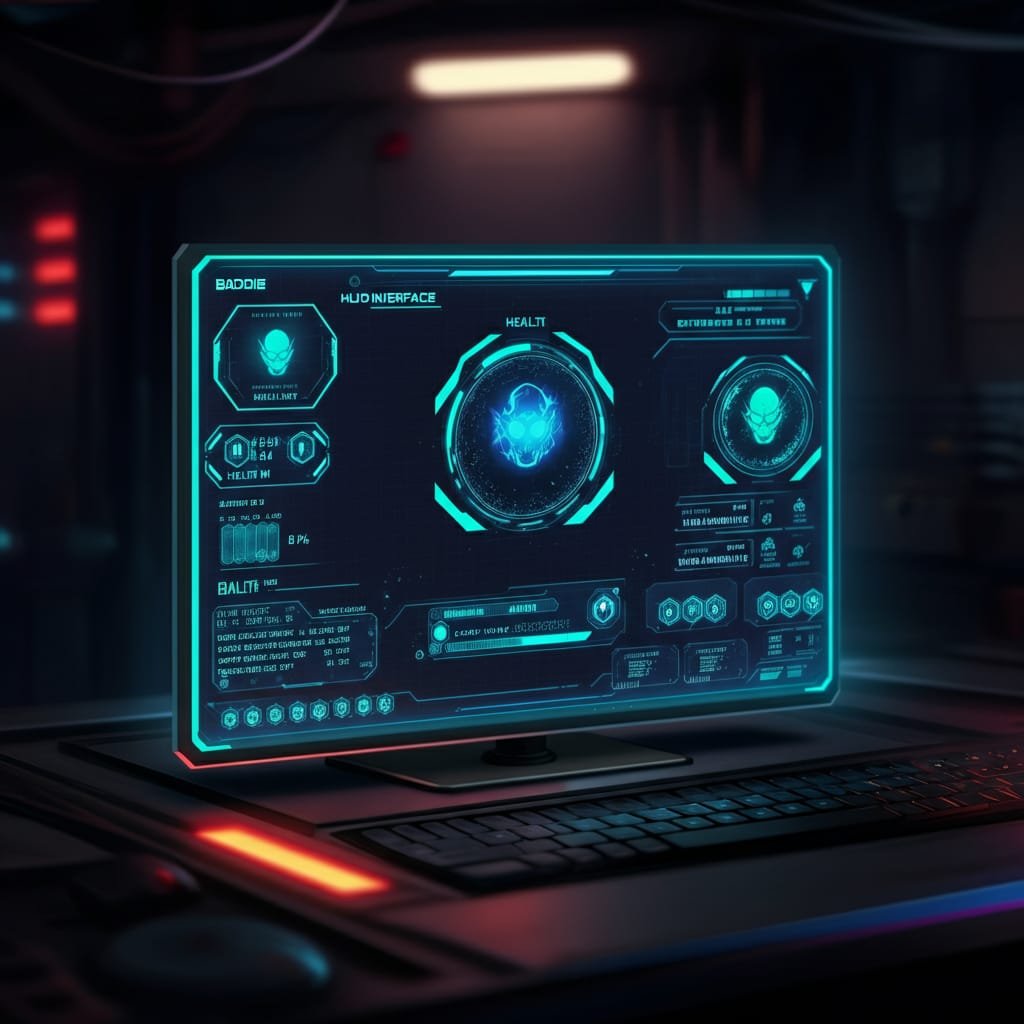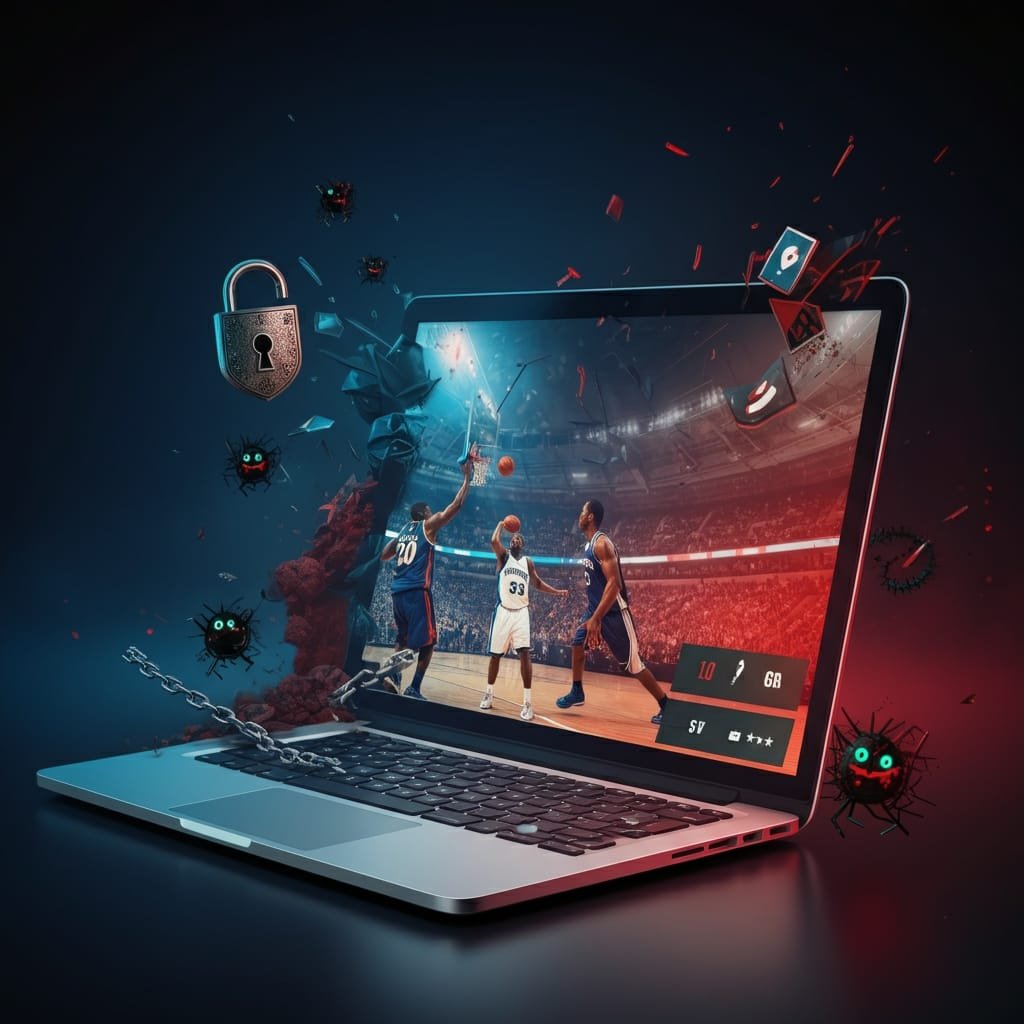The world of gaming is dynamic, creative, and constantly evolving. One of the standout trends shaping the gaming experience today is the rise of Baddie HUD—a term you might have seen buzzing around the gaming community. Whether you’re a game designer aiming to perfect your latest project or a gamer curious about what makes your on-screen experience so captivating, understanding the concept of Baddie HUD could change how you view the art of gaming.
This blog dives deep into what a Baddie HUD is, its growing significance in the gaming world, the design principles behind creating one, and its potential future.
What Is a Baddie HUD—and Why Is It So Popular?
A Baddie HUD (Heads-Up Display) refers to the on-screen interface that provides players with key information during gameplay, often with a bold, edgy, and unconventional aesthetic. Think stylish icons, striking typography, neon accents, and visuals that amplify the immersive experience of a game.
The term has gained popularity because “baddie” represents something daring, confident, and sleek—much like how these modern HUDs stand out and add personality to a game. It’s no longer just about functionality; it has become a canvas for creative expression as developers infuse unique aesthetics into the gaming interface.
Game developers have realized that an unforgettable HUD can enhance a player’s visual experience, improve usability, and even make a game more marketable. No wonder the gaming community is obsessed!
Why has the Baddie HUD become relevant?
- Immersive Aesthetics: Players crave visually engaging interfaces that complement the storyline or setting.
- Cultural Trend: The rise of fashion-forward and statement-making trends online (think “baddie aesthetics”) has spilled over into the gaming world.
- Next-gen Visuals: Gamers now expect HUDs that are as striking and advanced as the characters’ graphics.
The Evolution of the Baddie HUD
From pixelated designs in early video games to dynamic, layered interfaces in 2023, the HUD has undergone a radical transformation. Here’s how it has evolved:
- Simplistic Origins: Early games like Pac-Man and Super Mario Bros. had basic HUDs, offering minimalistic information like health, score, and level progress.
- Functional Overhaul: By the early 2000s, games introduced more complex HUDs, incorporating mini-maps, inventories, and mission overviews. Titles like Halo and Grand Theft Auto III pushed the boundaries.
- Player-Centric Design: Modern HUDs, including Baddie HUDs, are hyper-focused on player experience—providing crucial data while blending seamlessly with game visuals. Think of the sleek interfaces in multiplayer games like Fortnite or story-driven epics like Cyberpunk 2077.
The Design Elements of a Baddie HUD
What makes a Baddie HUD stand out from ordinary game interfaces? It’s the blend of bold artistic choices and practical design. Here are the key elements that make up an exceptional Baddie HUD:
1. Visual Hierarchy
A Baddie HUD knows how to grab attention—but never at the expense of clarity. Designers carefully structure elements to ensure players can prioritize critical information like health, ammo, or mission progress.
2. Typography that Pops
One core trait of a Baddie HUD is its unapologetically bold font choices. Expect custom typefaces that match the game’s tone—whether edgy and rebellious or chic and neon-inspired.
3. Dynamic Animations
Smooth transitions, pulsating icons, or flickering effects enhance interactivity and make the Heads-Up Display feel alive. This creates synergy between the HUD and the game’s environment.
4. Color Palettes with Attitude
It’s all about statement colors—neons, contrasting tones, and gradients. The goal? Make the aesthetics unforgettable while maintaining usability.
5. Customization Like Never Before
Modern gamers love to personalize everything, and Baddie HUD designs often allow customizable elements to suit player preferences.
6. Minimalism Meets Maximalism
Combine a clean, intuitive layout with bold graphics and eye-catching features. Even amidst an explosion of visual elements, clarity shines through.
Best Practices for Designing a Baddie HUD
If you’re a designer or developer, creating a Baddie HUD that resonates with your players requires careful planning. Follow these tips:
1. Know Your Audience
Understand your target user—whether they’re casual gamers or hardcore enthusiasts. A HUD for a fantasy RPG might differ significantly from one for a first-person shooter.
2. Strike a Balance
The HUD should complement—not overshadow—the game’s environment. Avoid clutter and focus on essential information.
3. Keep Feedback Loops
Work closely with players and testers to refine the design. Ensure the HUD doesn’t impede gameplay or confuse users.
4. Experiment with Aesthetics
Tap into popular visual trends like vaporwave, cyberpunk, or minimalist noir. Design for the story, but don’t be afraid to think outside the box.
5. Optimize for All Screens
From desktops to mobile devices, your HUD should be flexible enough for different screen sizes while maintaining functionality and style.
The Future of Baddie HUD
The gaming industry is teeming with possibilities, and Baddie HUDs will continue to evolve. Here’s what might be on the horizon:
- AR and VR Immersive HUDs: Innovations in augmented reality (AR) and virtual reality (VR) are pushing boundaries, letting players manipulate 3D HUDs with gestures.
- AI Integration: Adaptive interfaces that learn and adjust based on the player’s individual behavior.
- Deeper Personalization: HUDs that allow players to drag and drop elements, change themes, or even program their layouts.
- Environmentally Integrated HUDs: HUDs that are subtly embedded into the game world itself, blurring the lines between real play and on-screen data (e.g., subtle projections of health bars within the game environment).
Exciting times lie ahead, and it’s clear that the captivating allure of Baddie HUDs will only intensify.
Case Studies: Games That Nailed the Baddie HUD
The gaming world already has some great examples of bold and effective HUD designs. Here are a few worth mentioning:
- Cyberpunk 2077: This sci-fi title boasts a neon-heavy HUD that blends seamlessly with its futuristic world.
- Fortnite: The sharp icons and playful graphics of Fortnite’s HUD make it accessible and engaging.
- Call of Duty (Modern Warfare 2019): Call of Duty combines a clean design with striking visual elements, ensuring ease of play during intense action.
These games demonstrate how an eye-catching HUD can significantly elevate gameplay and player immersion.
Take Your Game to the Next Level
Creating or analyzing HUDs is no small feat, but when done right, they can transform the gaming experience. A Baddie HUD is bold, stylish, and player-focused—bringing aesthetics and practicality together for an unforgettable gameplay experience.
For designers, the key takeaway is this: Always consider your audience, the gameplay context, and cutting-edge design trends. For gamers, the next time you’re navigating a slick, dynamic HUD, take a moment to appreciate the creativity and effort behind the interface.
Level up your design skills, redefine player experience, and make your HUD unforgettable. Because in the world of gaming, the details aren’t just details—they’re game-changers.





